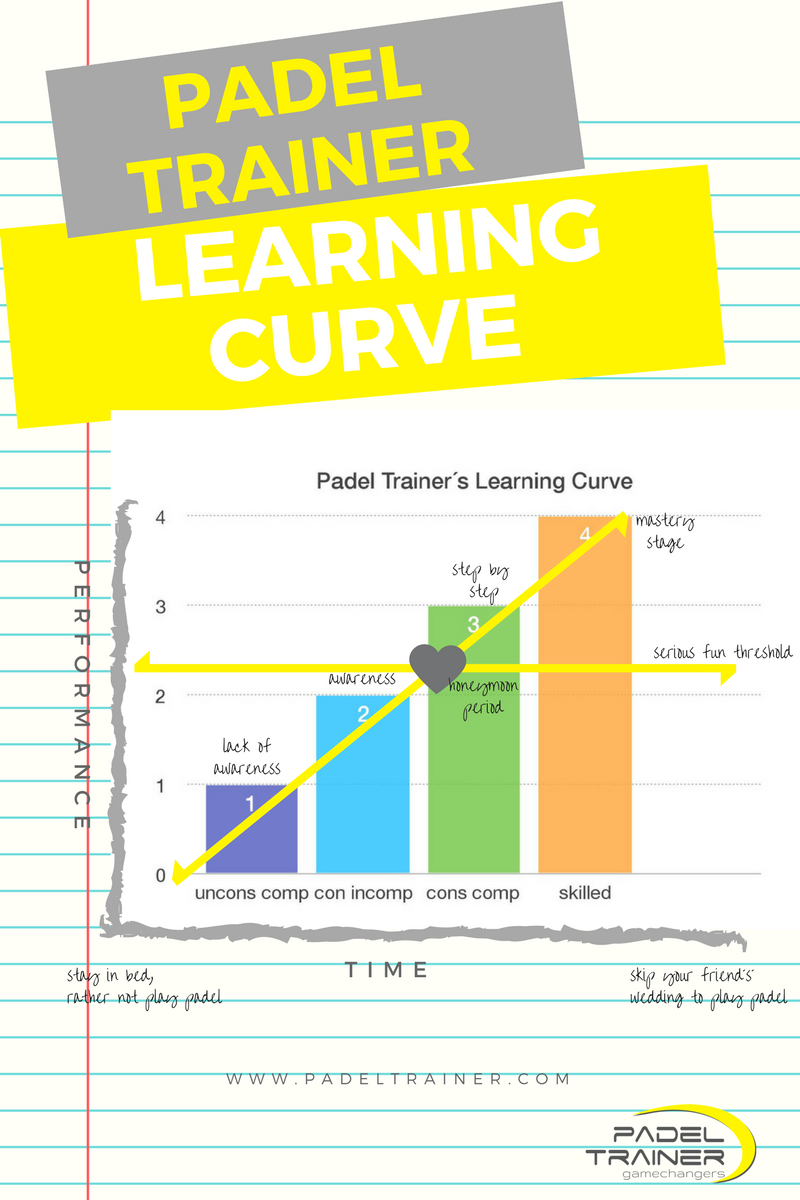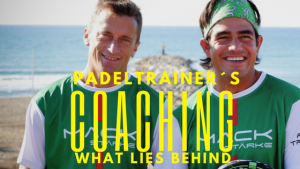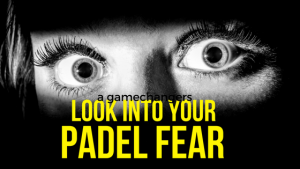We want to learn the best padel don´t we? And we have been beaten by the padel bug we want to learn fast hoping there is a short-cut method for learning. Or at least that is what we, as padel teaching experts gather from our sessions with professional instructors across Europe. Padel hopefuls come to us wishing to acquire in 0,10 seconds what is achieved with the proper skills and training. With time. In due course.
So come to think of it, what is the padel learning curve? How can we depict it so newcomers to our sport can understand what lies ahead of them? That is what we have been thinking about the last few days and what we aim to develop in this post. Get comfortable and read through, it will take less than 5 minutes, promise.
What is a learning curve and why should we care about it.
If we pretend to teach padel, or grow the sport between and among clubs and federations we must have clear how long -on an average basis- does it take for newcomers to get a grip on the basics. This will not only help you plan based on expected progress but will also aid learners in defining short and medium-term goals, a key to manage the mind game and motivation.
A learning curve is based on psychological studies held in the 70´s by Abraham Maslow (remember the hierarchy of needs?) and Noel Burch who described the learning stages of competence building in four key stages, which provide a model for learning. Basically suggests that individual learners are initially unaware of how little they know, or unconscious of their competence. As they recognize their incompetence, they consciously acquire a skill, then consciously use it. Eventually, the skill can be utilized without it being consistently thought through: the individual has then acquired unconscious competence.
- Unconscious competence: Individual does not understand or know how to do something. He7she recognizes their deficit and even deny the usefulness of a certain skill. Incompetence and the value of the new skill should be recognized on an individual basis. It is the strength of the motivation and the stimulus to learn which will time this stage of learning. The greater the motivation, the shortest the time lapse to recognize individual deficiencies and gear up the open-minded disposition necessary to overcome the deficit.
- Conscious incompetence: Though the individual does not understand or knows how to do specifics, they recognize their deficit as well as the value of the skill to be attained to address that deficit. Making mistakes is an integral part of the learning process at this stage.
- Conscious competence: The individual understands and knows how to do something. However demonstrating skill and knowledge requires focus and concentration. Breaking the skills into steps amounts to the conscious involvement in executing the new skill(s)
- Unconscious competence: Individuals has had so much practice with the skill that becomes “second nature” and can be performed easily. As a result, the skill can be performed while executing peripheral tasks. The individual is capable of explaining the skill to others and teach it as well if it was learned right.
Padel Trainer´s learning curve
That´s the theory. Now, let us share with you our adaptation of the learning curve of padel. Time against performance plus fun factor. No fun, no padel. No passion for teaching and the sport itself, no satisfying experience, therefore, no proper stimulus that makes body and brain step out of their comfort zone and turn on the learning gears of the body and the brain at the same time. More than a curve is rather climbing four plateaus, not just once but on a continuous process of learning and achieving.

No short-cut method for learning padel
In our view, there are two moments that when intersected make a real difference. What we like to call honeymoon period. That´s the moment when key concepts are grasped and some “flow” of movement, disposition, insight and technical aspects begin to play together, it seems that trainees are catching up, and training starts to look somehow consistent. If we are lucky enough, and as teachers, our work is done well, we can begin from there to make the most out of our players. Why, because it is the trainee choice to build up, to work, to learn, to thrive.
That´s where the serious fun begins. And that´s when the real hard training begins too. So, while we procure to give our best as teachers and trainers, we also bear in mind that there is room for a choice, and that has to be done solely by our trainees. The right motivation sets the path for enduring the demands of a hard training. But there we are, ready to lift body and spirits up, polishing moves and making sure both trainers and trainees keep enjoying every second of it.
How long? Depends, but we can expect that within 6 to 8 months an adult between 18 and 45 can perform to mastery stage, when consistently training, even sooner. As instructors planning is key, both at individual and group level. Planning on a daily basis, based mainly on your own assessment and feeling about. Trust your intuition, but don´t fail the trust your trainees set on you. They look upon us to forge their sporting goals. Communication paves the road for riding the learning curve. The learning process will be built together. We walk one game at a time.
See you on court #gamechangers



